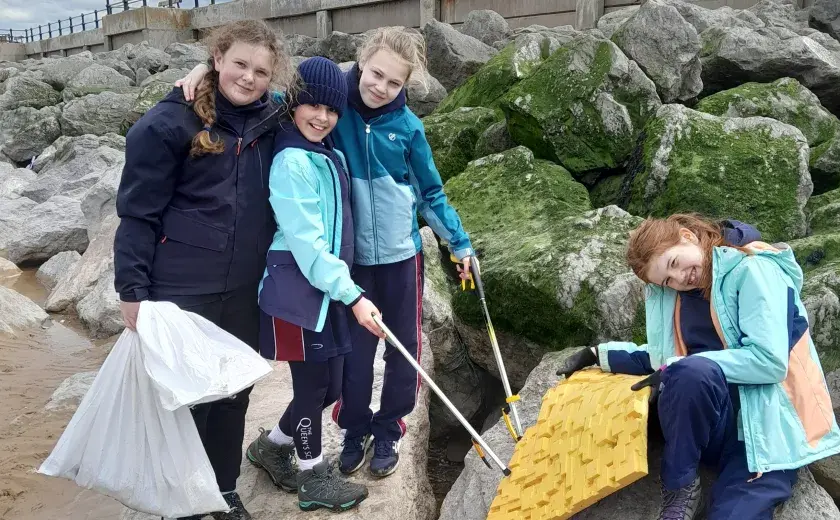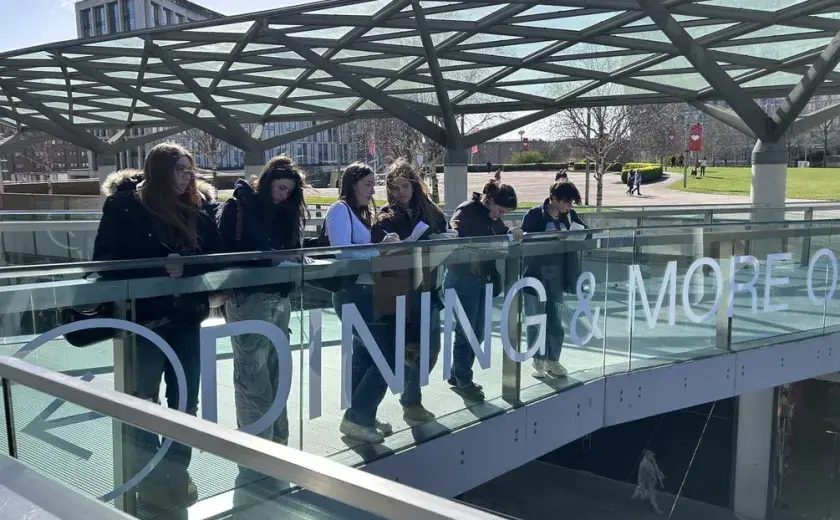There's something uniquely enriching about stepping out into the real world to explore the very landscapes and environments we study. Recent geography trips undertaken by students have exemplified this, showcasing the invaluable learning experiences that come with venturing into the field.
For Year 7 pupils, a journey along the North Wirral Coastline proved to be an eye-opening excursion as they investigated the hard engineering structures between Leasowe Bay and Leasowe Lighthouse, using theory that they had learnt in the classroom and applying it to real life situations. From offshore breakwaters to recurved sea walls, the girls completed surveys to assess each structure's cost, effectiveness, lifespan and environmental impact. They were able to use this data to identify which type of hard engineering strategy was the best and displayed their results using bar charts.
But fieldwork isn't just about data collection and analysis; it's also about witnessing natural processes unfold firsthand. Pupils spent the afternoon at New Brighton beach, where they were able to see the process of long shore drift in action by studying how oranges travelled in the water, in the swash and backwash of the waves. There was also some free time where the girls chose to either create some sand art sculptures, using natural materials they found on the beach, or complete a beach clean with materials provided from the charity Surfers Against Sewage.
Meanwhile, A-level geographers embarked on an urban exploration of Liverpool, dissecting the city's urban regeneration strategies. From the iconic Albert Dock to the bustling Liverpool One, they absorbed lessons in flagship redevelopment and the city's retail-led rebranding strategy. The girls also took a tour to the roof of the Liver Building, witnessing the panoramic views across the city and gaining context for the area and the developments that have taken place.
For GCSE students, a journey along the River Clwyd offered a deeper understanding of their rivers topic, as they tested out the Bradshaw Model to see how sediment size and shape change downstream. The girls worked effectively as a team to complete systematic sampling of 20 pieces of sediment across the river width to record its seize (using calipers) and shape (using the powers index chart). Through systematic sampling and analysis, they not only charted the river's natural evolution but also discerned the imprint of human activity on its ecosystem.
These fieldwork excursions aren't just educational outings; they're transformative experiences that foster curiosity, critical thinking, and a deeper appreciation for the world around us.










